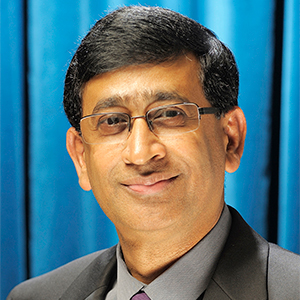NASA’s Jet Propulsion Laboratory, which completed eighty-five years of its existence in 2021, builds instruments for NASA missions. Exploring the universe and our own planet, Earth, from space has been the mission of NASA. Robotics missions such as Voyager, which continues to go beyond our solar system, missions to Mars and other planets, exploring the stars and galaxies for astrophysics missions.

Fundamental science questions drive the selection of NASA missions and innovative instrument development. We design and build instruments to make measurements that can answer those science questions. In this presentation, we will present an overview of the state-of-the-art instruments we are currently developing and lay out the details of the science questions they will try to answer.
Rapid progress on multiple fronts, such as commercial software for component and device modeling, low-loss circuits and interconnect technologies, cell phone technologies, and submicron scale lithographic techniques, are making it possible for us to design and develop smart, low-power yet very powerful instruments that can even fit in a SmallSat or CubeSat. We will also discuss future generation instruments’ challenges in addressing critical scientific applications’ needs.
The research described herein was conducted at the Jet Propulsion Laboratory, California Institute of Technology, Pasadena, California, USA, under contract with the National Aeronautics and Space Administration.
Goutam Chattopadhyay is a senior scientist at NASA’s Jet Propulsion Laboratory (JPL), California Institute of Technology, and a visiting professor at the California Institute of Technology (Caltech), Pasadena, USA. He has also served as a BEL Distinguished Visiting Chair Professor at the Indian Institute of Science, Bangalore, India, and an adjunct professor at the Indian Institute of Technology, Kharagpur, India.
In 2000, he obtained his Ph.D. degree in electrical engineering from the California Institute of Technology (Caltech), Pasadena. He is a fellow of IEEE (USA) and IETE (India), a track editor of the IEEE Transactions on Antennas and Propagation, an IEEE Distinguished Lecturer, and the president-elect for IEEE MTT-S for the year 2024. His research interests primarily revolve around microwave, millimeter-wave, and terahertz receiver systems and radars and creating space instruments to search for life beyond Earth.